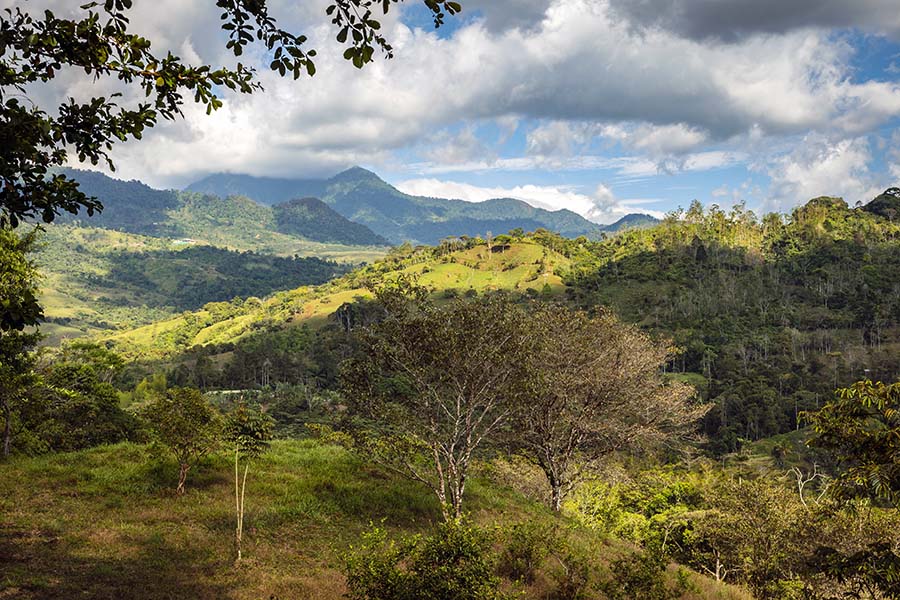Los Cusingos Bird Sanctuary, the enduring legacy of the prominent American “botanist-turned-ornithologist” Dr. Alexander Skutch, is located in a small town of Quizarra. Although less visited than other birding hotspots in Costa Rica, it is one of the primary destinations for naturalists visiting El General Valley. On our bird-watching tour to Los Cusingos, we have met some “hard core” birders, who kept coming to this historic former “farm” year after year. Its solitude and the richness of the local avifauna where the major draws. Sightings of over 300 bird species (more than half of which are residential), have been reported for Los Cusingos by the Tropical Science Center (TSC), which currently oversees the sanctuary.
Staying next-door to Los Cusingos
One can reach Los Cusingos from San Jose (takes about 4 hours each way) on a day trip, but this is hardly a good option for an early-morning birding walk. A better alternative is to stay overnight in San Isidro del General, which has a wider selection of lodging options for any budget. The distance between San Isidro del General and Los Cusingos is about 9 miles (via Rt.326), with travel time of 20-30 minutes. The road is paved, except a couple of miles on gravel surface just before the sanctuary entrance.
“San Isidro del General is a most unattractive place – despite its attractive setting”.
This is a direct quote from Alexander Skutch’s notes, which describes his first impression of San Isidro del General upon his arrival in 1935. One may or may not agree with this assessment, but this unflattering mention of the place prompted us look for lodging alternatives closer to Los Cusingos. Quite naturally, we turned to Quizarra, a small village where the sanctuary was located.
What does the Word “Quizarra” Mean?
In case you’ve been wondering about the name: Quizarra is a common Costa Rican name for Ocotea, a tree which belongs to a larger family of plants, including the wild relatives of avocado. The fruits produced by these trees are an important food source for many local animals and birds, including the iconic Resplendent Quetzal. Unfortunately, Ocotea trees have also been traditionally used in Costa Rica as a source of commercial timbers.
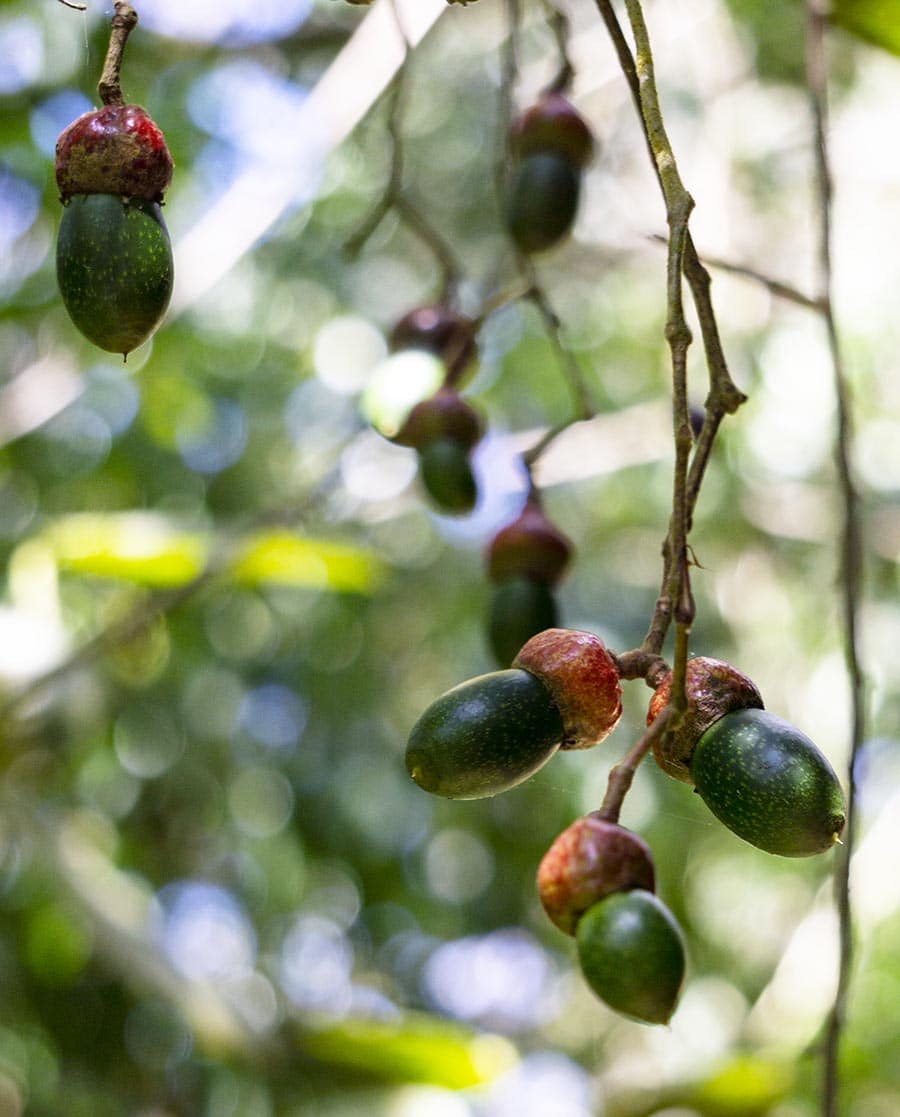
Fruits of Quizarra (Ocotea) tree
Accommodations in Quizarra
Until recently, there have been limited lodging options in Quizarra itself (which has a population of just over 300 people). However, the recent expansion of the home-sharing businesses (such as AirBnB) into the countryside of Costa Rica, made “staying nearby” much easier. There are several “fincas, cabinas and casitas” for rent along Rt. 326 in Quizarra. In comparison to other parts of Costa Rica, the prices remain relatively low, varying between $20 and $75 per night.
You can rent a private room or an entire home or cabin. Some of the hosts speak English. Others – not so much. However, most will be eager to communicate with you by any available means. You can also think of it as a unique opportunity to brush up your high school Spanish or even to learn some basic expressions. I have even seen some hosts advertise their homes specifically for “Spanish language learners”. In these parts, it is common for several generations to live under the same roof or close nearby. While older folks might not speak English, their children, oftentimes, are fluent in one or two foreign languages (which are part of the curriculum in Costa Rican schools). It is also not uncommon for young Costa Ricans to go abroad for work and study. Many of them return home and start their own, often tourism-related businesses.
Our Home away from Home
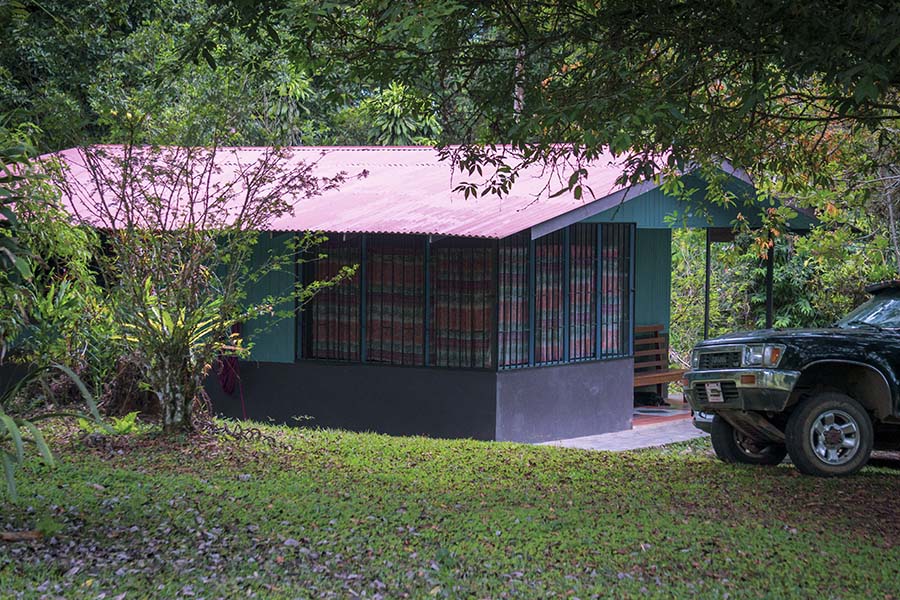
Our cottage
During our recent trip to Southern Costa Rica, we stayed in Quizarra, hosted by a local Canadian expat and his Costa Rican neighbors Rocio and Pancho (who also have a cabin for rent next door). The house was fairly simple but had everything we needed for a good level of comfort. There was also a network of trails (with hikes) around the “farm” and a few of bird-feeding stations for observations around the house. One of the afternoons, we walked through the forested area, the remaining pasture land, all the way to the Pena Blanca River (where one can take a refreshing dip on a warm winter day).
Quizarra Dining
If you have self-catering in mind, you can stock on groceries in San Isidro del General or along Route 2. For dining out, there is a plenty of small and inexpensive eateries and cafes in the city. In Quizarra itself, your options will still be limited when it comes to dining. However, there is a couple of bakeries within walking distance from Los Cusingos. They are selling a wide variety of tasty pastries, freshly baked bread and coffee. We opted for spending more of our vacation time outdoors, rather than chasing dining places in the city or cooking our own meals. If this is your preference too, seek out lodging opportunities which offer home-cooked meals for their guests. Dona Rocio, our host’s neighbor, was preparing delicious traditional Costa Rican meals for us during our stay in Quizarra (breakfast $7, lunch and dinner ($10)).
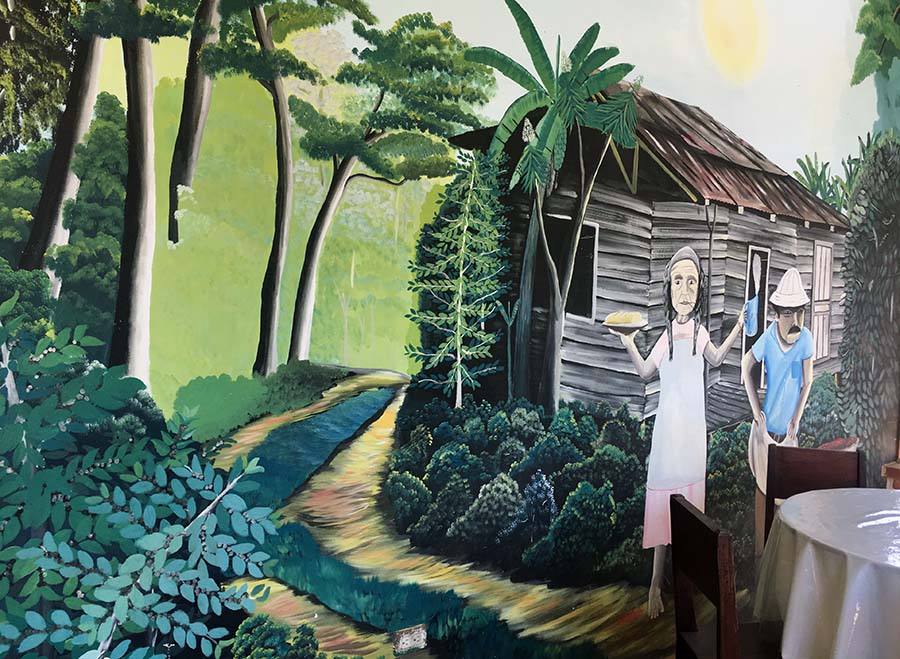
Mural art on a bakery wall in Quizarra
Weather in El General Valley
During the dry season (December-April), the temperatures around San Isidro del General are very pleasant and there is little precipitation overall. Precipitation is the major seasonal weather variable in the region. It is on its lowest in February, with an average of 20 mm. September and October, are the rainiest months with precipitation of 400-500 mm on average. Nights are generally cool, whereas days are warm (but nor oppressively hot, as along the Atlantic and Pacific Coasts). On average, temperatures fluctuate between 62°F at night and 83°F during the day (16-29°C). This pattern remains largely stable throughout the year.
In the Heart of Alexander Skutch Biological Corridor
In the second half of the 20th century, most of the “low elevation premontane forest” around Quizarra have been cleared for agriculture and cattle ranching. This had dramatic impact on the local flora and fauna. There are environmental projects aiming to “repair” the continuity of wildlife habitat, fragmented by pastures and agricultural land. Los Cusingos Refuge is an important part of the Alexander Skutch Biological Corridor, which is one of 44 existing biological corridors in Costa Rica. By re-connecting the isolated patches of land, one would make more territory and resources available for native plants and animals. There are ongoing efforts to integrate ecotourism to ease agricultural activities. The idea is simple, but also ambitious. Attracting nature-lovers to Quizarra would economically support the livelihoods of the local people. It will make them less dependent on environmentally destructive farming practices and, thereby, promote nature conservation.
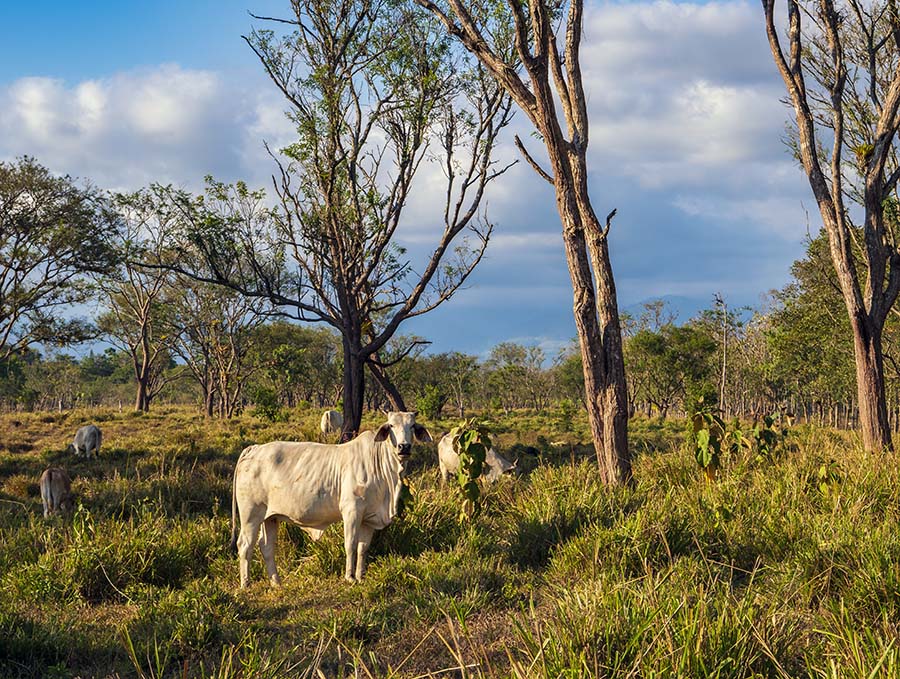
Pastures of Valle del General
Other Things to Do in and around Quizarra
There is plenty of things to do in the San Isidro del General region.
- Given the richness of the local avifauna, you can easily spend two mornings bird-watching in Los Cusingos (one with a local guide and one independently).
- We also spent a full day hiking the trails of the nearby Cloud Bridge Reserve. Located in San Gerardo de Rivas, it is just within one-hour drive from Quizarra. This private reserve also organizes birding trips and nature walks for its guests
- Finally, you can use Quizarra as a base to visit the Parque National Chirripo. Its entrance is located along the road to the Cloud Bridge Reserve. If you are looking for a challenge, a hike to Cerro Chirripo, the highest mountain peak in Costa Rica (12,530 ft/3820m) might be something to consider. This trip would require two days of your time, with an overnight stay in the park’s only camp. The remote area of Parque National Chirripo is famed for its vistas over the Atlantic and Pacific Oceans and as the coldest place in Costa Rica, with sub-zero temperatures down to 15°F (-9°C) recorded in the past.

